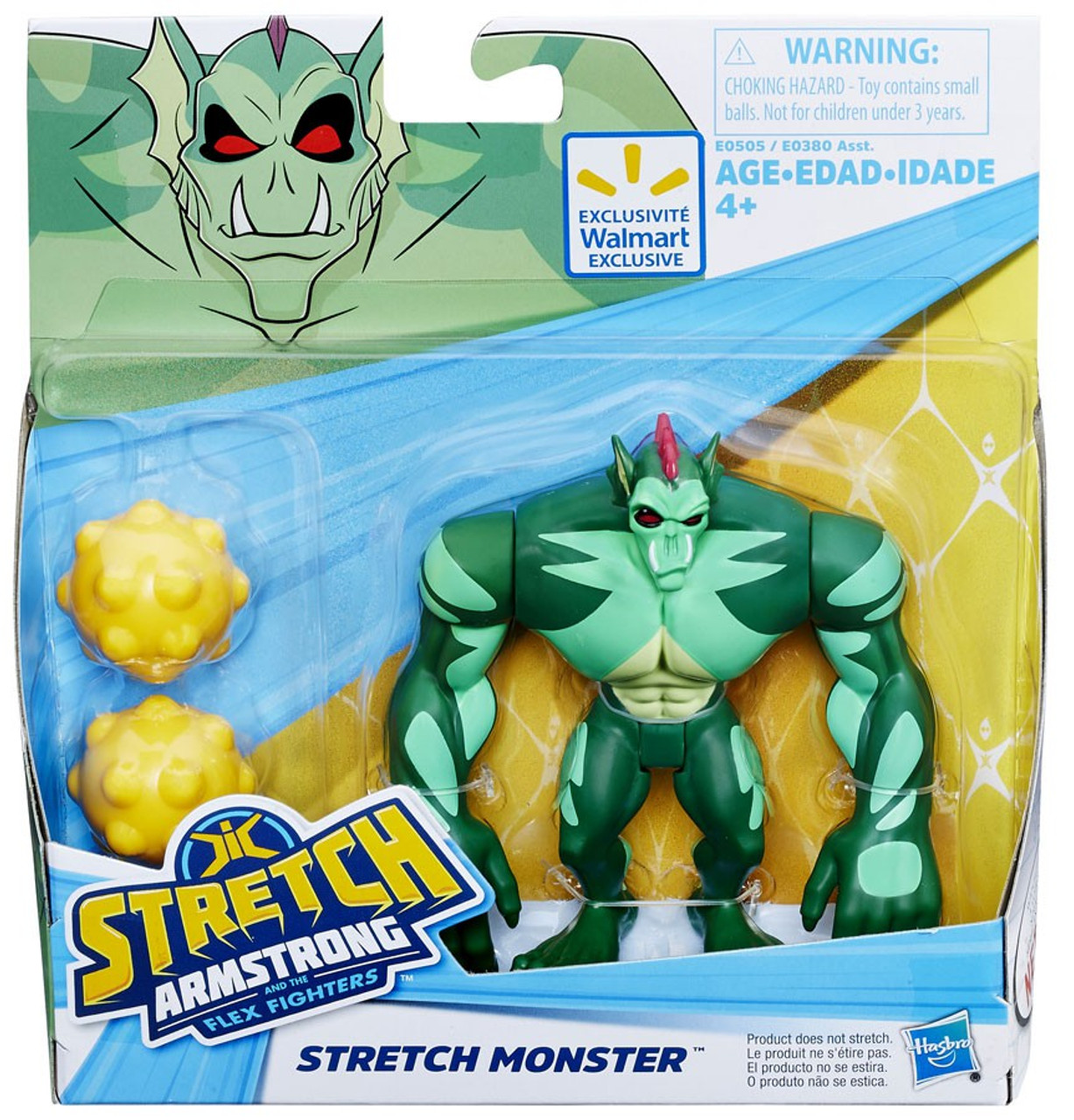
"Because it was facing the window, the UV light just ate right through the latex and the red syrup came dripping down all over my wife's books. "I remember taking one of the first samples home and putting it on our bookshelf," Horowitz says. One of the earliest Stretch samples, however, didn't survive long enough to become a vintage collectible. Horowitz keeps in touch with collectors, who are typically interested in his original sketches and molds. Mego’s Batman knockoff, considered by some to be a holy grail of stretchable collecting, once sold for $15,000. Armstrong dolls in a box that aren’t bleeding profusely from '70s wounds can fetch over $1000 on auction sites, with especially rare versions or prototypes worth more. Today, Stretch’s relatively fragile nature has made him a valuable aftermarket item. But it was a largely moot point as the toys' popularity was already well in decline. Kenner sued for unfair competition, and a judge barred Mego from exporting factory technology to make the dolls. Market saturation could have been one reason: In addition to Kenner’s Stretch Octopus, Stretch Monster, and Stretch X-Ray, the Mego Corporation allegedly took some manufacturing secrets from a disgruntled ex-Kenner employee and started issuing a line of Elastic superheroes like Batman, Spider-Man, and Superman. Stretch sold steadily from 1976 to 1979, at which point the novelty seemed to wear off. Still, the force of play sometimes left him oozing his gelatinous red plasm, particularly around his neck, where his head had been affixed with an O-ring to close his syrup orifice. In the event kids nicked Stretch, he came with 10 tiny bandages to re-seal his skin. Supported by television spots, the toy was quickly cleaned off shelves, joining Pong games and Kenner’s own Bionic Woman figure as one of the biggest retail successes of the season-not to mention one of the largest consumers of corn syrup in the country. In the end, the company stuck with Stretch for their holiday 1976 debut.


"They thought they could take the corn syrup and make a more realistic doll, since Bernie wanted to beat Barbie at the time," he says. As for the woman, he says Kenner considered it, but not as a stretch figure. The patent speculated that the process could be applied to everything from a sumo wrestler to a giraffe to a “shapely woman.” While Horowitz had considered making a sumo man, his prototype was too heavy and the idea was discarded. After some experimentation, Kenner arrived at just the right viscosity of syrup that would let Stretch return to his regular proportions without harming his latex dermis. They showed it to Kenner president Bernie Loomis, who quickly signed off on the product.įor mass production, the company eventually settled on using a mold to create a latex “muscleman” without a head: His neck would be the filling station for a gooey infusion of corn syrup, which was cut with micron-sized bits of glass and wood particles to help increase his volume. In the office, Kuhn, Horowitz, and a model maker named Richie Dubek boiled down the corn syrup until it was devoid of air and filled their sample latex molds. "So we sent our secretary out to buy a bunch of Karo syrup at the local A&P. "Jeep, being a chemical engineer, said, 'We could put some syrup in it instead," Horowitz says. Initially, the idea used coiled springs for a skeleton, but that was dismissed when concerns grew over the potential for kids to cut themselves on the metal. One of the sketches that caught Kuhn's eye was what Horowitz called "Stretch Man." It was a figure that kids could treat like taffy, contorting his limbs until they snapped back into place. "Every week or two, he'd take a look and say, 'I like that one.'" "My job was to come up with ideas," Horowitz tells Mental Floss. The idea for a stretchable toy was hatched at Kenner in 1974 by design director Jesse Horowitz, who shared a satellite office in New York with the company's vice president of research and development, James "Jeep" Kuhn. Similar-sized toys may have had cloth outfits and cool accessories, but kids couldn't tie them into literal knots. By tugging on his arms, legs, and torso, the toy could expand to a Reed Richards-esque 4 feet long. Taken to his literal length, he may have been the largest action figure ever produced.

Joe, and other brands shrunk characters down to just a few inches to make their vehicles more affordable. Stretch came to market before Star Wars, He-Man, G.I.


 0 kommentar(er)
0 kommentar(er)
